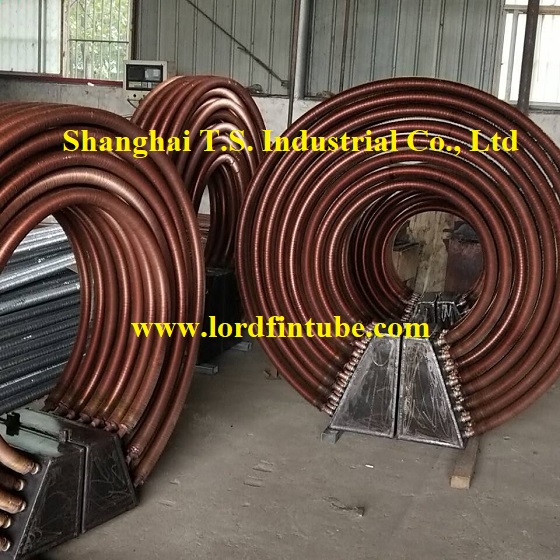What is Vacuum Furnace Heat Exchanger?
2024-11-22Leave a message
What is vacuum furnace?
The vacuum furnace uses a vacuum system to discharge part of the material in the furnace cavity, making the pressure in the furnace cavity less than a standard atmospheric pressure, and the space in the furnace cavity is turned into a vacuum state.
⚑ Features: Use a vacuum system to discharge material in the furnace cavity
What is a vacuum furnace heat exchanger?
A vacuum furnace heat exchanger is a device used in the cooling system of a vacuum furnace. It removes heat from the vacuum furnace cavity, thereby keeping the vacuum cavity within a suitable temperature range and preventing the equipment from being damaged by overheating.
How it works?
Using two different media for heat exchange.
One medium is flowing in a closed shell, usually an oil or water, and the other medium is a gas used to transfer heat, such as nitrogen or argon.
When the heating medium (such as an electric heating element) heats up, the medium in the closed shell absorbs heat and transfers it to the other medium in the tube. This design allows the heat exchanger to work in a high vacuum environment and can effectively transfer heat from one medium to another.
Main functions
⚑ Cool the internal components of the vacuum furnace to prevent the furnace from overheating
⚑ Recover the heat of the exhaust gas and recycle it to reduce energy consumption and improve efficiency
Structure of Vacuum Furnace Heat Exchanger
⚑ Shell
- Function: To withstand external pressure and temperature
- Made of high-strength, corrosion-resistant materials
⚑ Heat exchange tube: Copper fin tube
⚑ Head
- Function: Closed parts at both ends, responsible for connecting the heat exchanger and the shell, while bearing internal pressure and temperature
⚑ Inlet and outlet pipes
Performance Indicators
⚑ Heat transfer efficiency
An efficient heat exchanger can ensure that the vacuum furnace maintains a stable temperature during operation, thereby improving production efficiency
⚑ Pressure bearing capacity
During the operation of the vacuum furnace, the heat exchanger needs to withstand a certain pressure, so the pressure bearing capacity directly affects the service life and safety of the heat exchanger.
⚑ High temperature resistance
Vacuum furnaces usually operate under high temperature conditions, and the heat exchanger needs to maintain thermal stability under high temperature conditions
⚑ Sealing and leakage rate
The vacuum furnace heat exchanger should have good sealing to ensure the vacuum environment of the vacuum furnace and prevent external gas from entering the inner cavity. During the operation of the vacuum furnace, if the heat exchanger is leaking, it will cause heat loss and a decrease in vacuum, thereby affecting the working efficiency and product quality of the vacuum furnace.
Advantages of Vacuum Furface Heat Exchanger
- Improve heat transfer efficiency
- High vacuum degree
- High temperature stability
- High reliability
- Long service life
- Energy saving and environmental protection
Applications
- Vacuum annealing furnace
- Vacuum sintering furnace
- Vacuum quenching furnace
- Vacuum brazing furnace


